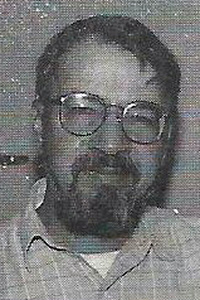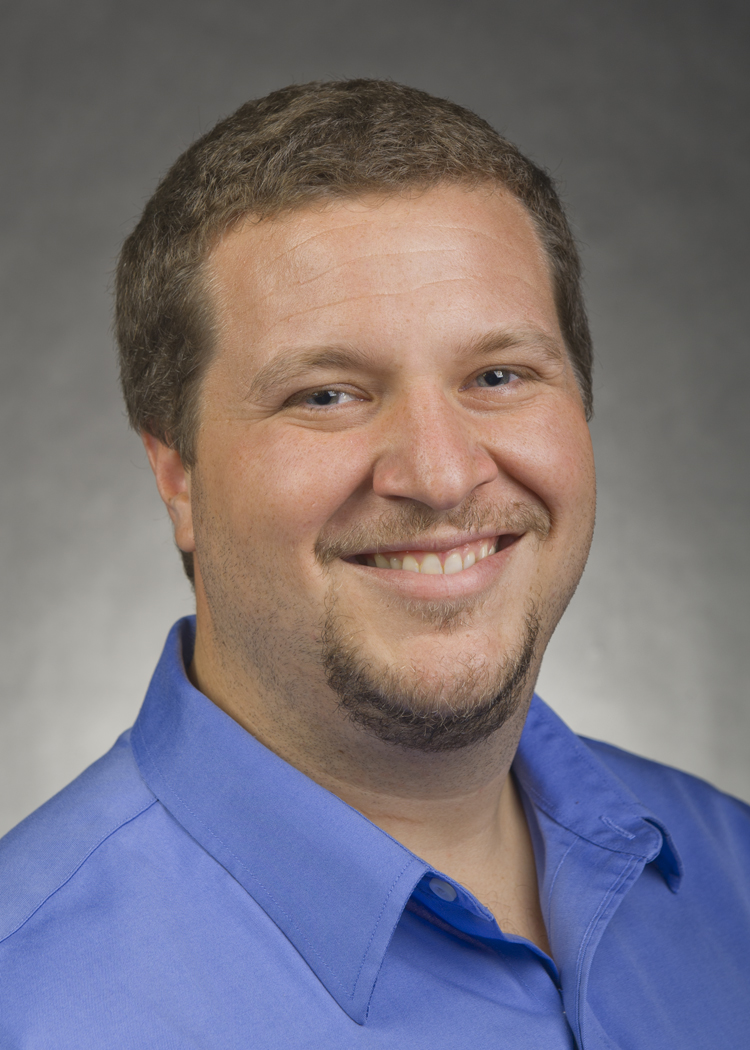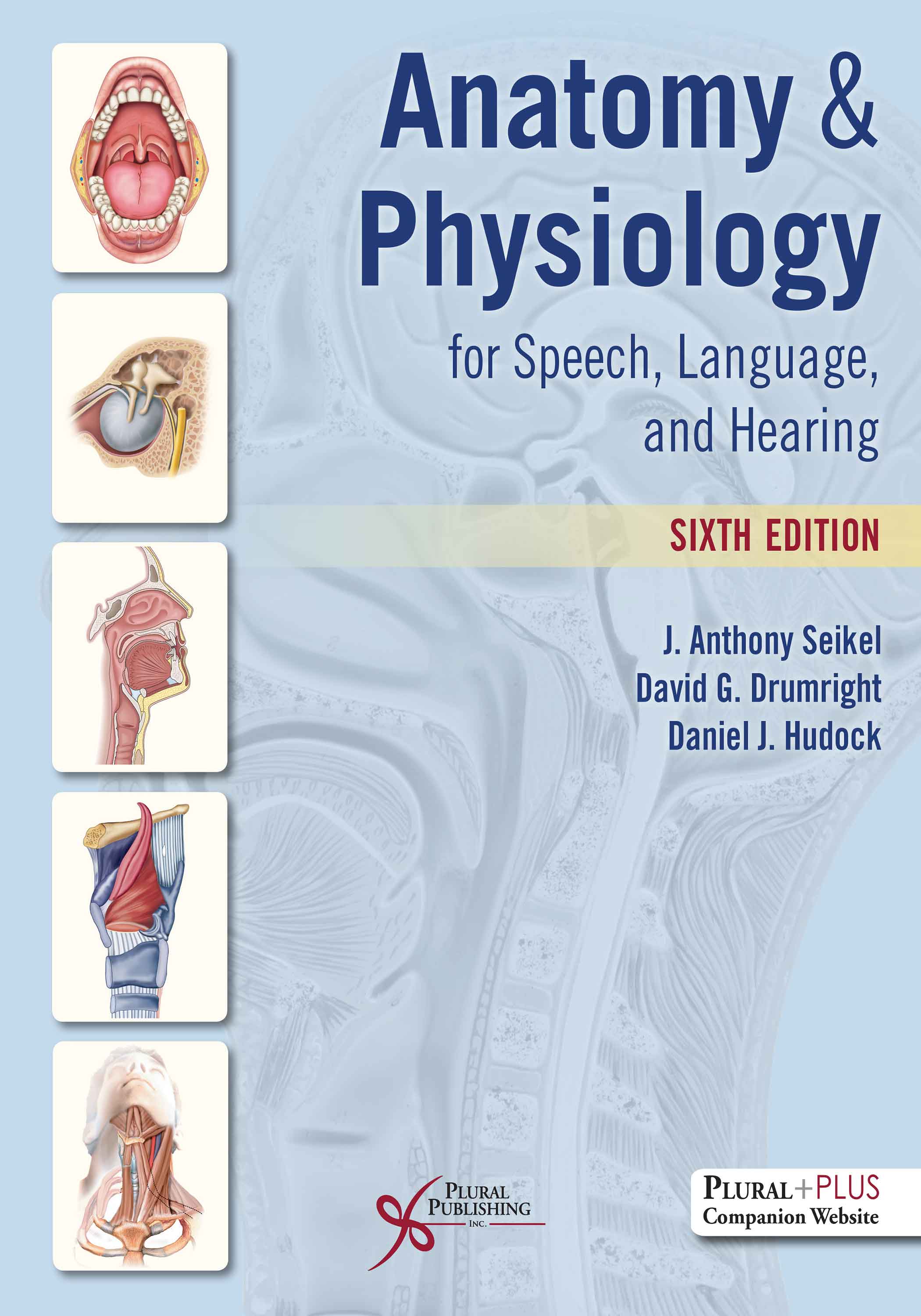
Anatomy & Physiology for Speech, Language, and Hearing.
Sixth Edition
J. Anthony Seikel, David G. Drumright, Daniel J. Hudock
Details: 912 pages, Full Color, Hardcover, 8.5" x 11"
ISBN13: 978-1-63550-279-4
© 2021 | Available
Click here for the new edition.
Anatomy & Physiology for Speech, Language, and Hearing, Sixth Edition provides a solid foundation in anatomical and physiological principles relevant to communication sciences and disorders. This bestselling textbook beloved by instructors and students integrates clinical information with everyday experiences to reveal how anatomy and physiology relate to the speech, language, and hearing systems. Combining comprehensive coverage with abundant, beautiful full-color illustrations and a strong practical focus, the text makes complex material approachable even for students with little or no background in anatomy and physiology.
The text includes numerous full-color anatomical images to help students form a clear, accurate understanding of the classical framework of the speech, language, and hearing systems. Photographs provide a real-life look at the body parts and functions. Use these images as reference for accuracy in describing body systems, parts, and processes.
Thoroughly updated to reflect current trends, techniques, and best practices, this new edition of is supported by innovative ANAQUEST study software (formerly called Anatesse) offers students further interactive learning via lessons and interactive quizzes, and other resources to help students of all learning styles master the material and prepare for professional licensing exams.
New to the Sixth Edition
- Updated and expanded information on the physiology of swallowing that includes discussion of orofacial-myofunctional disorders and other swallowing dysfunction arising from physical etiologies.
- More physiology content, including an introduction to the effects of pathology on communication within each of the physical systems of communication.
- Many new photographs of specimens have been added, with a focus on a clear and accurate understanding of the classical framework of the speech, language, and hearing systems.
- Clinical Notes boxes link anatomy and physiology with disorders seen by speech-language pathologists and audiologists to provide real-world clinical applications for students.
- The ANAQUEST study software (formerly called Anatesse) is accessible on a PluralPlus companion website. The software now includes ten video lab experiences narrated by new contributor, Katrina Rhett, an anatomist and lecturer in the Department of Biological Sciences at Idaho State University. The authors have also added three-dimensional views with animations that explore the important processes of hearing, phonation, respiration, swallowing, and more.
Student Resources:
- ANAQUEST study software as described above
- Online quizzes for each chapter
Instructor Resources:
- PowerPoint lecture slides
- Test bank
- Sample syllabi
- Labs
- Class Activities
- Videos
Reviews
"Named to Doody's Core Titles in the Health Sciences - Speech, Language & Hearing 2020 list."
—Doody's (May 2020)
Preface
About the Authors
About the Contributor
Acknowledgements
Introduction to Learner
Using this Text
Chapter 1. Basic Elements of Anatomy
Anatomy and Physiology
Terminology of Anatomy
Terminology of Anatomy
Terms of Movement
Parts of the Body
Building Blocks of Anatomy: Tissues and Systems
Tissues
Body Systems
Chapter Summary
Chapter 1 Study Questions
Chapter 1 Study Question Answers
Bibliography
Chapter 2. Anatomy of Respiration
The Support Structure of Respiration
Overview
Vertebral Column
Pelvic and Pectoral Girdles
Ribs and Rib Cage
Soft Tissue of the Thorax and Respiratory Passageway
Movement of Air Through the System
Muscles of Inspiration
Muscles of Forced Expiration
Chapter Summary
Chapter 2 Study Questions
Chapter 2 Study Question Answers
Bibliography
Chapter 3. Physiology of Respiration
The Flow of Respiration
Instruments in Respiration
Respiration for Life
Effects of Turbulence on Respiration
Respiratory Cycle
Developmental Processes in Respiration
Lung Volumes and Capacities
Lung Volumes
Lung Capacities
Pressures of the Respiratory System
Pressures Generated by the Tissue
Effects of Posture on Speech
Pressures and Volumes of Speech
Respiratory Pathologies Affecting Communication
Acute Conditions
Chronic Conditions
Neurogenic Etiologies
Chapter Summary
Chapter 3 Study Questions
Chapter 3 Study Question Answers
Bibliography
Chapter 4. Anatomy of Phonation
Framework of the Larynx
Inner Larynx
Laryngeal Membranes
Fine Structure of the Vocal Folds
Cavities of the Larynx
Cartilaginous Structure of the Larynx
Laryngeal Musculature
Intrinsic Laryngeal Muscles
Laryngeal Elevators and Depressors
Chapter Summary
Chapter 4 Study Questions
Chapter 4 Study Question Answers
Bibliography
Chapter 5. Physiology of Phonation
Non-Speech Laryngeal Function
Laryngeal Function For Speech
A Brief Discussion of Acoustics
Instruments for Voicing
The Bernoulli Effect
Vocal Attack
Termination
Sustained Phonation
Vocal Register
Frequency, Pitch, and Pitch Change
Intensity and Intensity Change
Clinical Considerations
Linguistic Aspects of Pitch and Intensity
Theories of Phonation
Pathologies That May Affect Phonation
Structural Etiologies
Degenerative Neurological Diseases
Chapter Summary
Decibel Practice Activity
Chapter 5 Study Questions
Chapter 5 Study Question Answers
Bibliography
Chapter 6. Anatomy of Articulation and Resonation
Source-Filter Theory of Vowel Production
The Articulators
Bones of the Face and Cranial Skeleton
Bones of the Face
Bones of the Cranial Skeleton
Dentition
Dental Development
Dental Occlusion
Cavities of the Articulatory System
Muscles of the Face and Mouth
Muscles of the Face
Muscles of the Mouth
Muscles of Mastication: Mandibular Elevators and Depressors
Muscles of the Velum
Muscles of the Pharynx
Chapter Summary
Chapter 6 Study Questions
Chapter 6 Study Question Answers
Bibliography
Chapter 7. Physiology of Articulation and Resonation
Instrumentation in Articulation
Speech Function
Lips
Mandible
Tongue
Velum
Development of Articulatory Ability
Development of the Vocal Tract
Coordinated Articulation
Central Control Theory
Dynamic or Action Theory Models
The DIVA Model of Speech Production
Pathologies That May Affect Articulation
Problems Affecting Dentition
Problems Affecting the Tongue
Mandibular and Maxillary Problems
Problems Affecting Lips and Palate
Neurogenic Conditions Affecting Speech
Chapter Summary
Chapter 7 Study Questions
Chapter 7 Study Question Answers
Bibliography
Chapter 8. Physiology of Mastication and Deglutition
Mastication and Deglutition
Instrumentation in Swallowing Function
Anatomical and Physiological Developmental Issues
Organizational Patterns of Mastication and Deglutition
Oral Stage: Oral Preparation
Oral Stage: Transport
Pharyngeal Stage
Esophageal Stage
Process Model of Mastication and Deglutition
Neurophysiological Underpinnings of Mastication and Deglutition
Sensation Associated with Mastication and Deglutition
Salivation Response
Reflexive Circuits of Mastication and Deglutition
Chewing Reflex
Orienting, Rooting, and Suckling/Sucking Reflexes
Uvular (Palatal) Reflex
Gag (Pharyngeal) Reflex
Retch and Vomit Reflex
Cough Reflex
Pain Withdrawal Reflex
Respiration Reflexes
Swallowing Reflex
Reexamination of the Patterns for Mastication and Deglutition: A Complex Integration of Reflexes and Voluntary Action
Pathologies Affecting Swallowing Function
Chapter Summary
Chapter 8 Study Questions
Chapter 8 Study Question Answers
Bibliography
Chapter 9. Anatomy of Hearing
The Structures of Hearing
Outer Ear
Middle Ear
Structure of the Tympanic Membrane
Landmarks of the Middle Ear
Inner Ear
Osseous Vestibule
Osseous Semicircular Canals
Osseous Cochlear Labyrinth
Innervation Pattern of the Organ of Corti
Chapter Summary
Chapter 9 Study Questions
Chapter 9 Study Question Answers
Bibliography
Chapter 10. Auditory Physiology
Instrumentation in Hearing Research
Outer Ear
Middle Ear Function
Inner Ear Function
Vestibular Mechanism
Auditory Mechanism: Mechanical Events
Electrical Events
Resting Potentials
Potentials Arising from Stimulation
Neural Responses
Post-Stimulus Time Histograms
Interspike Interval and Period Histograms
Frequency Selectivity
Auditory Pathway Responses
Pathologies That May Affect Audition
Inflammatory Conditions
Congenital Problems
Traumatic Lesions
Neoplastic Changes
Bone Changes
Semicircular Canal Dehiscence
Chapter Summary
Chapter 10 Study Questions
Chapter 10 Study Question Answers
Bibliography
Chapter 11. Neuroanatomy
Overview
Divisions of the Nervous System
Central Nervous System and Peripheral Nervous System
Autonomic and Somatic Nervous Systems
Development Divisions
Anatomy of the CNS and PNS
Neurons
Anatomy of the Cerebrum
Medial Surface of Cerebral Cortex
Inferior Surface of Cerebral Cortex
Myelinated Fibers
Anatomy of the Subcortex
Cerebrovascular System
Cerebellum
Anatomy of the Brainstem
Superficial Brainstem Landmarks
Deep Structure of the Brainstem
Cranial Nerves
Cranial Nerve Classification
Specific Cranial Nerves
Anatomy of the Spinal Cord
Chapter Summary
Chapter 11 Study Questions
Chapter 11 Study Question Answers
Bibliography
Chapter 12. Neurophysiology
Instrumentation in Neurophysiology
The Neuron
Neuron Function
Muscle Function
Higher Functioning
Motor System Lesions
Afferent Inputs
Association Regions
Hemispheric Specialization
Lesion Studies
Motor Control for Speech
Neurogenic Conditions That May Affect Communication
Acquired Conditions
Degenerative Diseases
Chapter Summary
Chapter 12 Study Questions
Chapter 12 Study Question Answers
Bibliography
Appendix A. Anatomical Terms
Appendix B. Useful Combining Forms
Appendix C. Muscles of Respiration
Thoracic Muscles of Inspiration
Primary Inspiratory Muscle
Accessory Thoracic Muscles of Inspiration
Erector Spinae (Sacrospinal Muscles)
Accessory Muscles of Neck
Muscles of Upper Arm and Shoulder
Thoracic Muscles of Expiration
Posterior Thoracic Muscles
Abdominal Muscles of Expiration
Anterolateral Abdominal Muscles
Posterior Abominal Muscles
Muscles of Upper Limb
Appendix D. Muscles of Phonation
Intrinsic Laryngeal Muscles
Extrinsic Laryngeal, Infrahyoid, and Suprahyoid Muscles
Hyoid and Laryngeal Elevators
Hyoid and Laryngeal Depressors
Appendix E. Muscles of Face, Soft Palate, and Pharynx
Muscles of the Face
Intrinsic Tongue Muscles
Extrinsic Tongue Muscles
Mandibular Elevators and Depressors
Muscles of the Velum
Muscles of the Pharynx
Appendix F. Sensors
General Classes
Specific Types
Classes of Sensation
Appendix G. Cranial Nerves
Classes of Cranial Nerves
Cranial Nerves, Sources, and Functions
Glossary
Index
This textbook comes with access to supplementary student and instructor materials on a PluralPlus companion website.
STUDENTS:
To access the student materials, you must register the access code printed on the inside front cover of your book on the companion website.
Please note that ancillary materials do not come with purchase of an ebooks.
INSTRUCTORS:
To access the instructor materials, you must contact Plural Publishing, Inc. to be verified as an instructor and receive your access code.
Email: instructormaterials@pluralpublishing.com
Tel: 866-758-7251 (toll free) or 858-492-1555
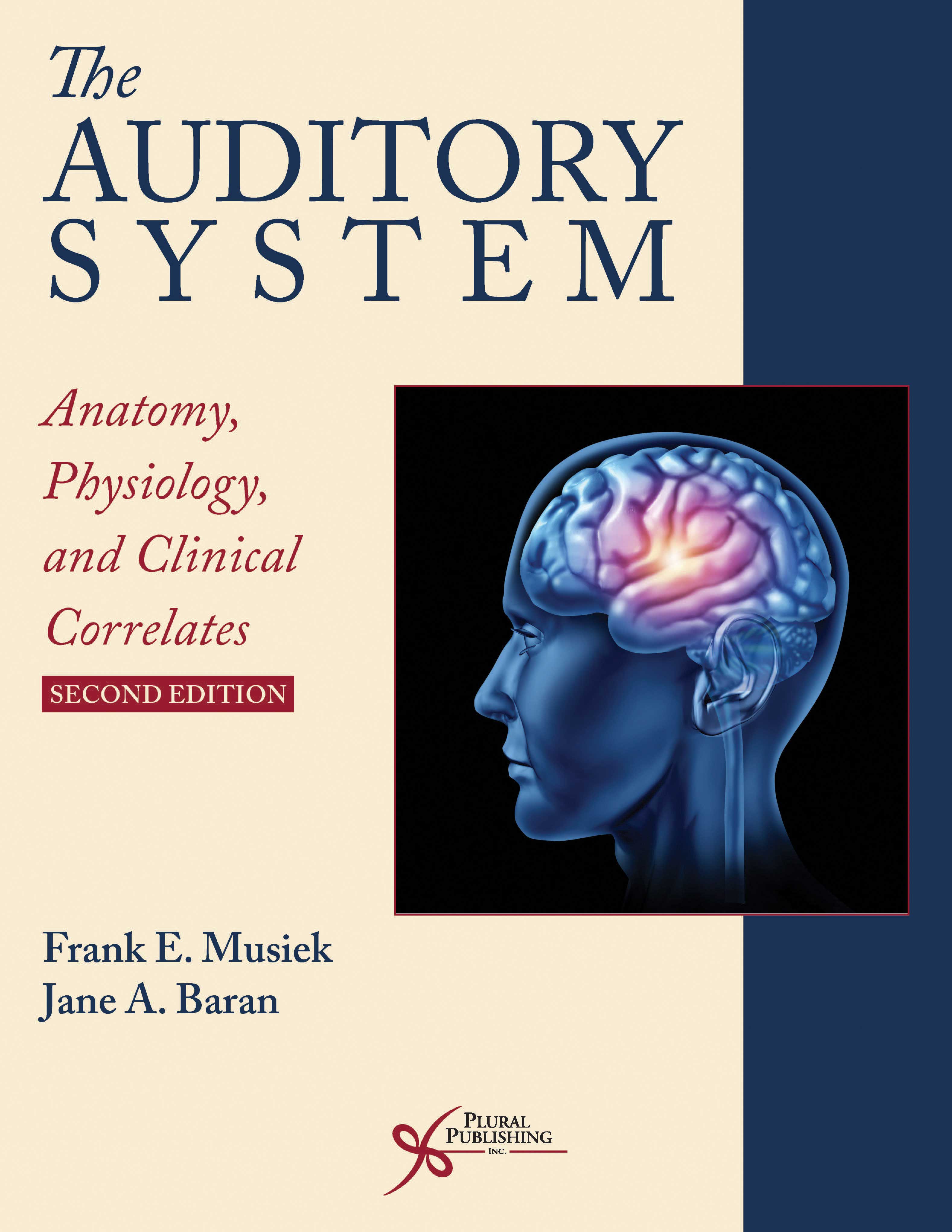
The Auditory System: Anatomy, Physiology, and Clinical Correlates
Second Edition
Frank E. Musiek, Jane A. Baran
Details: 487 pages, Full Color, Hardcover, 8.5" x 11"
ISBN13: 978-1-94488-300-3
© 2020 | Available
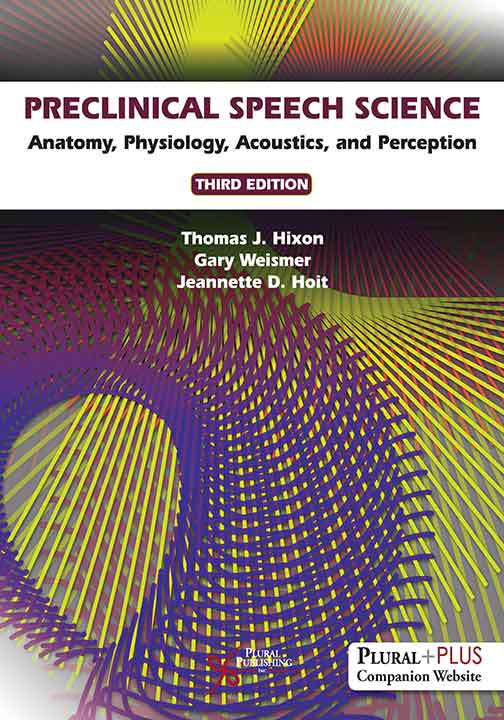
Preclinical Speech Science: Anatomy, Physiology, Acoustics, and Perception
Third Edition
Thomas J. Hixon, Gary Weismer, Jeannette D. Hoit
Details: 728 pages, Full Color, Hardcover, 8.5" x 11"
ISBN13: 978-1-63550-061-5
© 2020 | Available
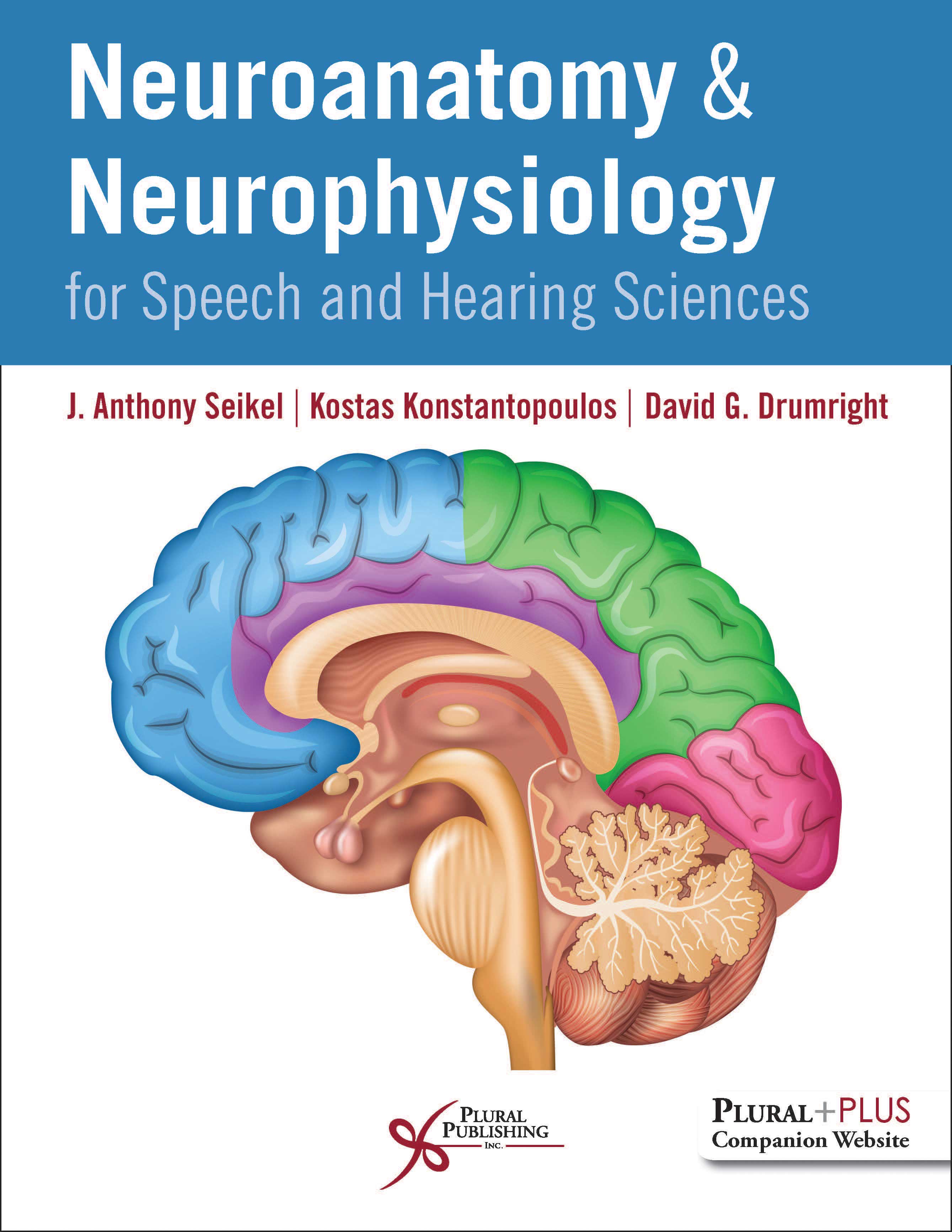
Neuroanatomy and Neurophysiology for Speech and Hearing Sciences.
First Edition
J. Anthony Seikel, Kostas Konstantopoulos, David G. Drumright
Details: 385 pages, Full Color, Hardcover, 8.5" x 11"
ISBN13: 978-1-63550-071-4
© 2020 | Available
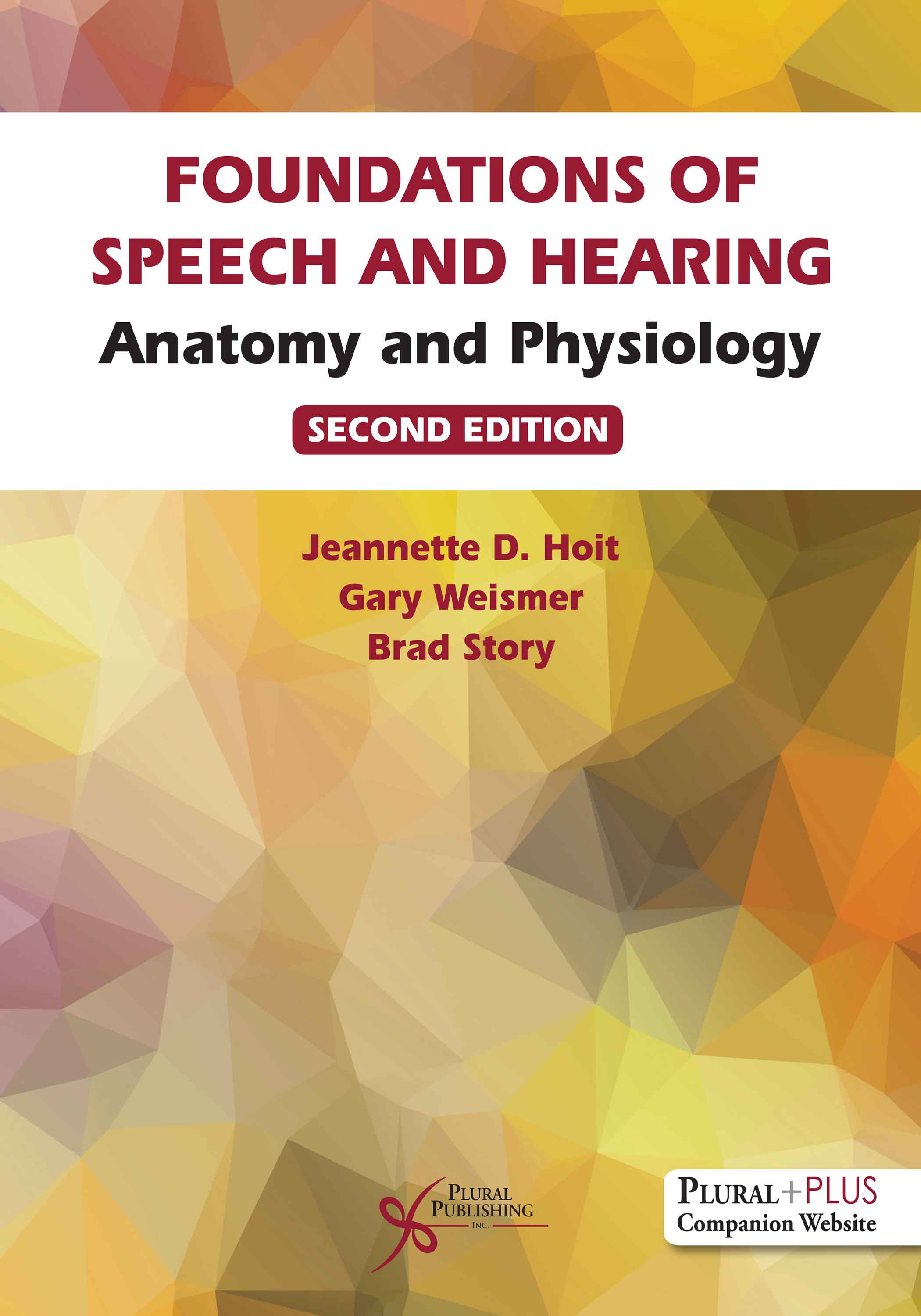
Foundations of Speech and Hearing: Anatomy and Physiology.
Second Edition
Jeannette D. Hoit, Gary Weismer, Brad H. Story
Details: 348 pages, Full Color, Hardcover, 8.5" x 11"
ISBN13: 978-1-63550-306-7
© 2022 | Available
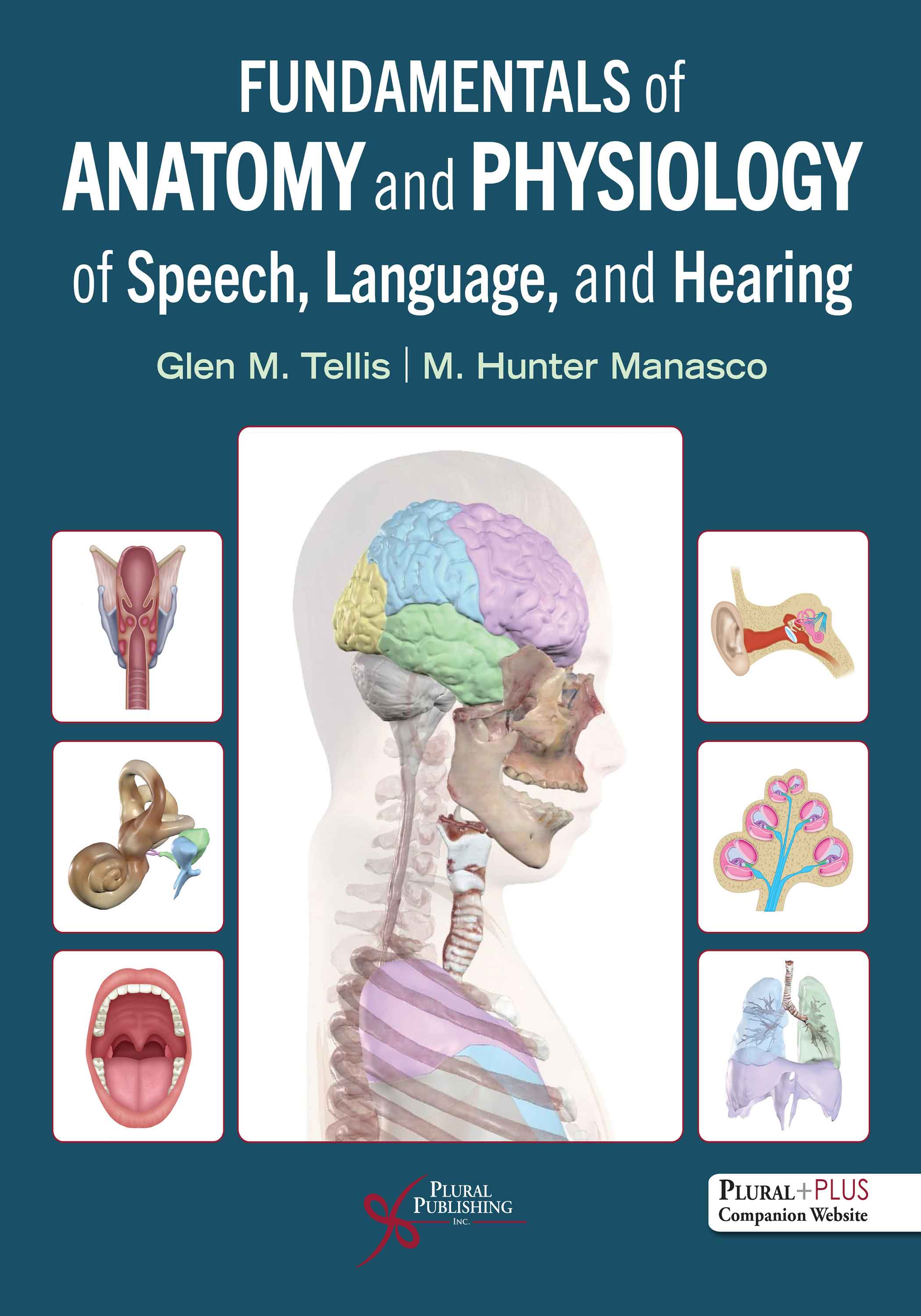
Fundamentals of Anatomy and Physiology of Speech, Language, and Hearing
First Edition
Glen M. Tellis, M. Hunter Manasco
Details: 478 pages, Full Color, Hardcover, 8.5" x 11"
ISBN13: 978-1-63550-720-1
© 2025 | Available


